|
We have been very fortunate to have a very talented film maker help us document our research on the plains. Check out some of Travis' videos at the links below.
0 Comments
Spring has definitely arrived and with it some early season bees to our bee blocks. I caught up to this blue orchad bee, Osmia lignaria, as she brought in some late evening provisions to one of her cavities. You can see the mud she uses to cap off the nest in the hole above her.
Occasionally, we find some very strange looking bees. These two series of photos are both of long-horned bees in the genus Melissodes that I asked Brian Lobbes to image. However, something is distinctly odd about their faces. Male long-horned bees usually have yellow faces and long antennae (hence their common name); but both of these bees have half yellow faces and one long antenna. In fact they are both male and female, or gynandromorphs. Gynandromorphy typically arises from a problem with chromosome segregation during mitosis and can lead to the organism having some cells that become male and other cells that become female. In the top specimen, the bee appears to be mostly female, with hairy legs to collect pollen but the right side of the face and antenna are male. In the lower specimen, the body is more male, lacking those bushy leg hairs, and with alternating female patches on the face: a dark right mandible, dark left face, and short (female) right antenna. So cool!
Cemolobus ipomoeae (Robertson, 1891) As we identify all of our bees in the museum we're finding some really cool species. The native bee, Cemolobus ipomoeae, is a new species for Colorado and represents a big jump in the known distribution, as it was historically not found west of Missouri. It is also a specialist bee, feeding on morning-glories (Ipomea sp.). Hence it's specific epithet, ipomoeae. These images were taken by Brian Lobbes in the CU Entomology Collection.
We were extremely fortunate this year to have an undergraduate interested in photographing and filming some of our research, Travis Bildahl. I think his images speak for themselves. If you've ever been driving down those back roads and seen some silly folks running around with nets, chances are they were entomologists. Netting is a very useful tool to look for bees that don't come to attractive traps. Given that bees are often small and super fast, you may see some netting high jinks alongside the roads so watch out! Bees are pretty unique in that they are almost completely dependent on flowers to survive and reproduce, and a major part of the latter is due to pollen. Most bees provision pollen for their young and by sampling the pollen they carry we can gain a better understanding of the types of plants they use and the species most important to developing young. To help identify that pollen, we collect samples in the field and build a reference pollen collection to compare to samples back in the lab.
You may have noticed we use bright colored traps to entice bees in to visit. These are very effective at capturing bees for us while we collect other data on grass and flower species.We're back for our final year of field work. Along with our bee and plant diversity surveys, this year we are also installing some custom bee nest boxes to see how many different cavity nesting solitary bees are on the plains. This is collaboration with the Museum of Natural History and The Bee's Needs Program. We placed similar bee houses along the Front Range and are curious to see what bees use them out on the high plains.
Spring is here and bees are starting to fly across the foothills and plains. For these early season bees, finding flowers can sometimes be a real challenge. Although they are exotic, dandelions still provide an early source of pollen for many bees including honey bees and native bees. They are also a good nectar source for the male mason bee above.
Here's a picture of the development of a leaf-cutter bee species we collected in our bamboo nests. After eating all of the provisioned pollen within its cell, the last instar larva (left) molts into a new pupa (2nd from left). The older pupa (2nd from right) looks much like an adult bee (right) but is still developing it's wings and other internal anatomy.
For those of you interested in native bees, there's a new collaborative citizen science project to document occurrences of those big and charismatic buzzers, the bumble bees. At Bumble Bee Watch you can upload photos of bumble bees, learn ID, and check out recorded sightings in your area! I'm sure I'll be adding some photos to their database soon!
Also, another citizen science project occurring locally is The Bees' Needs. Through it you can help participate in a study documenting wood nesting bee species all along the Front Range. Details on both studies can be found on their websites. We used bamboo to collect stem nesting bees. This not only allows us to see which species are present, but also what types of plants are important for building and provisioning nests.
Sunflowers provide excellent forage for native bees. These ubiquitous, road-side beauties attract bees such as this long-horned bee (Mellisodes sp), but also a number of different insect which feed on the petals and pollen. You can actually see some petal damage on the right side of this flower. How these other insects affect pollinators and the plant are still relatively little studied.
A big bonus to our research is just how much diversity we get to experience in eastern Colorado's landscape. For instance, a dinner break at Stalker Lake, near Wray, afforded me a gorgeous view of sunset. Surprises always lie just around the corner.
It takes a steady hand and great attention to detail to properly preserve insect specimens. Here, a group of Anthophorid bees have been pinned and arranged so we can see the details necessary to identify to species. Anatomical features such as the veins running through the forewing, the rear legs, and the mandibles can all be help identify which of Colorado's 1,000 bees these are.
Collecting specimens in the field is by far the most fun part of our project. But once captured, it take many weeks of work in the laboratory to curate the collection and figure out exactly who each bee is. Josh (right) and Camille (center) are two Cu undergrads helping pin, label, and barcode all of our bees. Collin (left), works on data entry.
On our first trip out in June, I learned first-hand how quickly the weather moves across the plains. This spectacular view was heading east down HWY 36. Luckily, the rain and lightning passed quickly and the bees,although a little wet, still came out to forage.
|
Adrian CarperHere's a few thoughts, observations, and just cool entomological things to share. Enjoy!
Archives
January 2024
Categories |
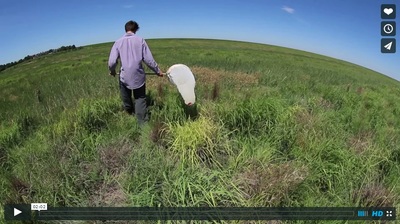
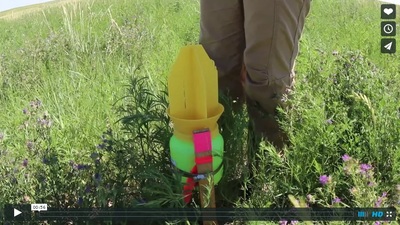
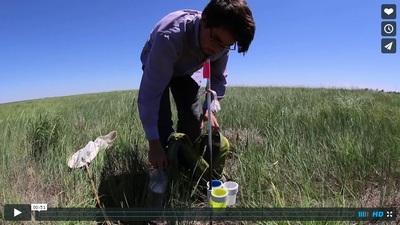
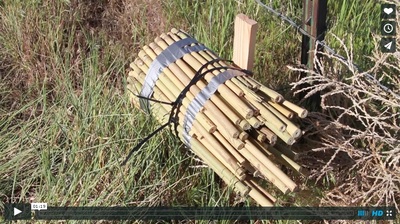
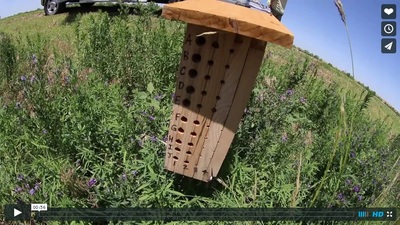
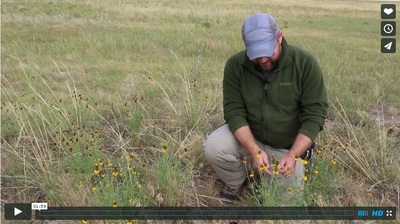
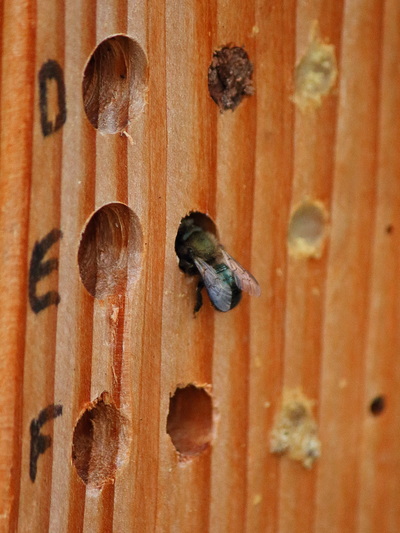
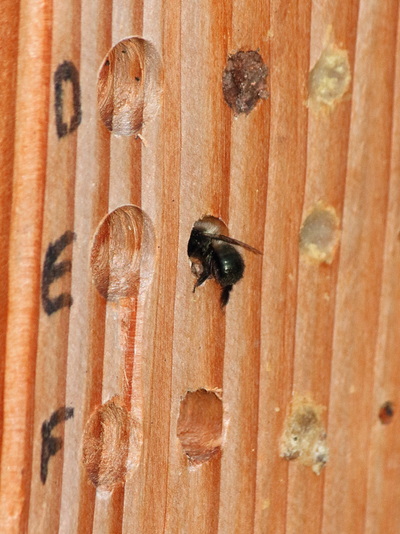

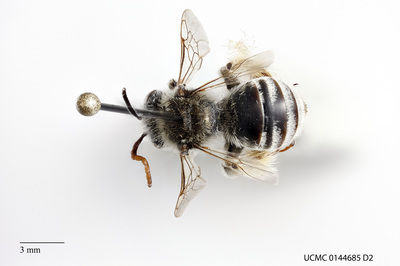
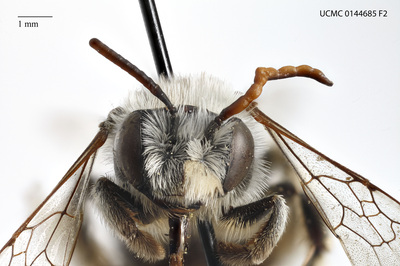
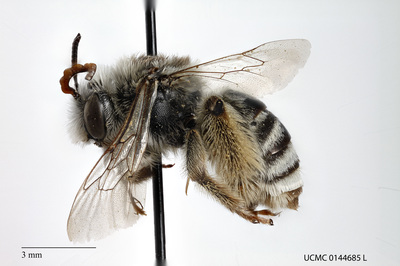
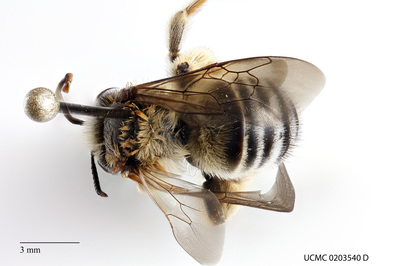
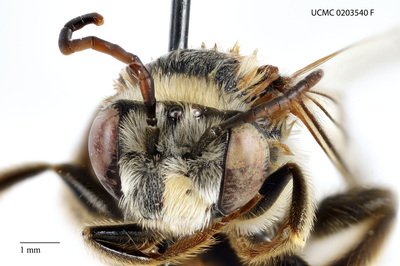
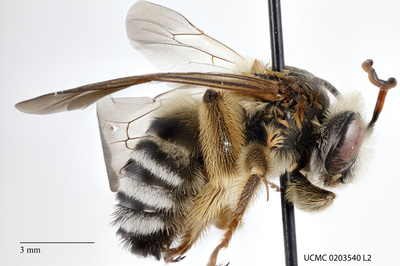
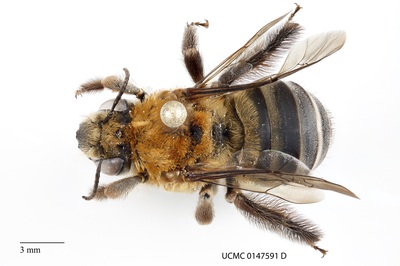
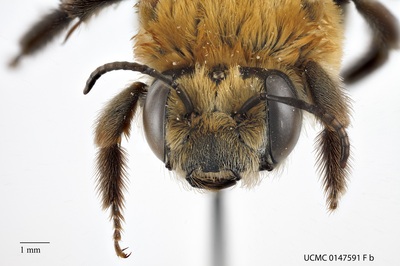
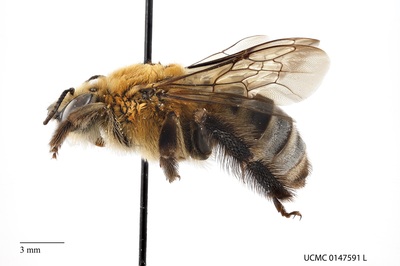
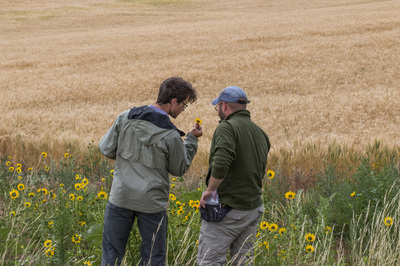
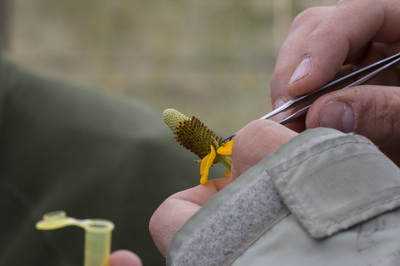
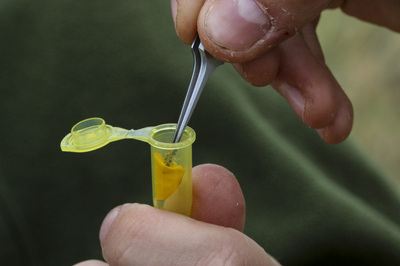
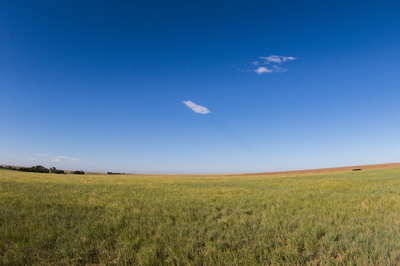
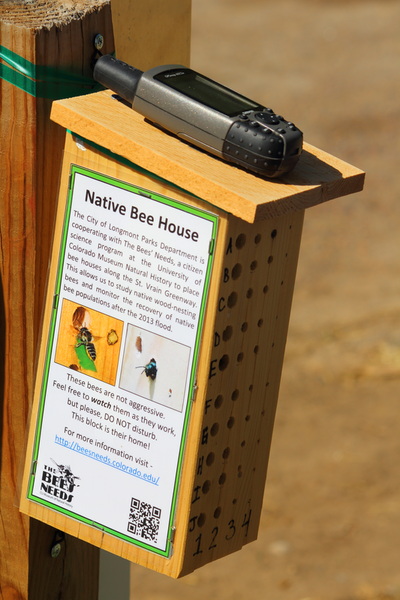
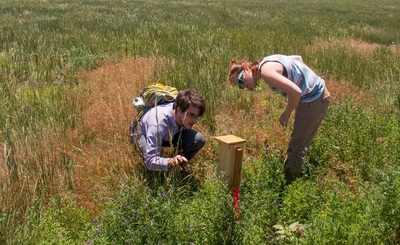
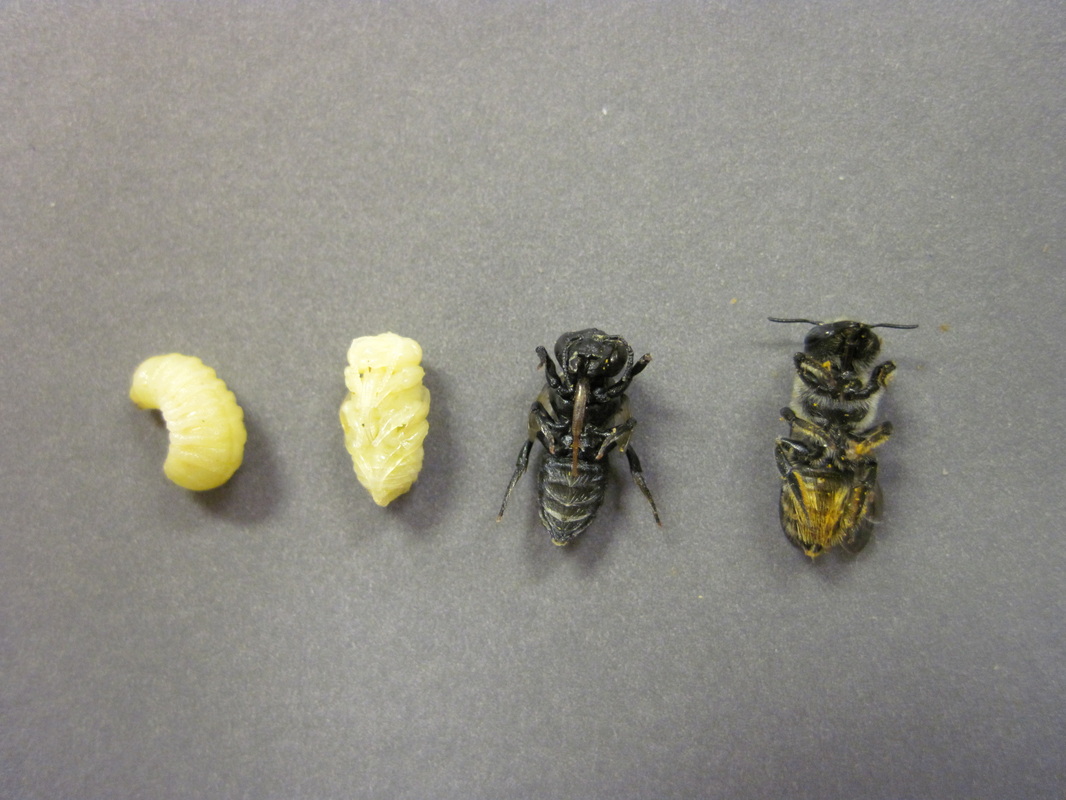
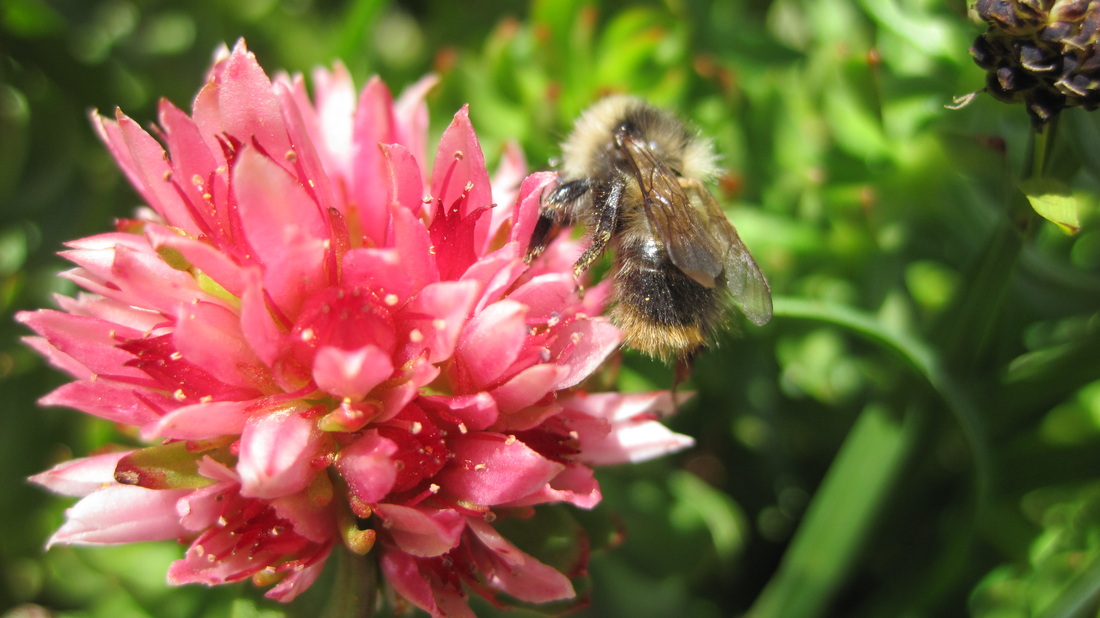
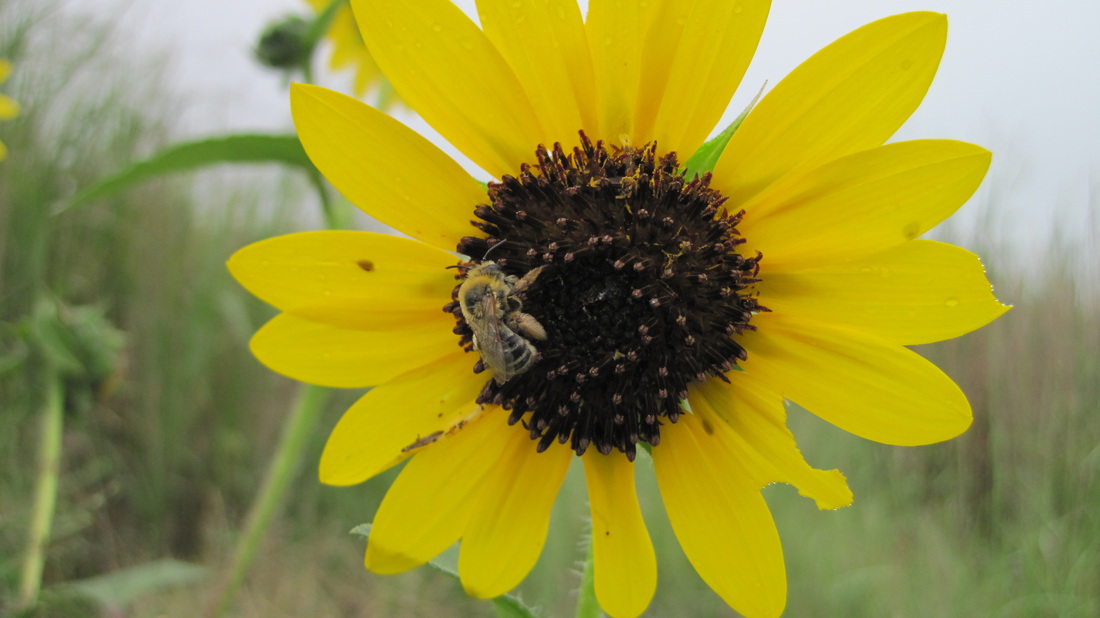
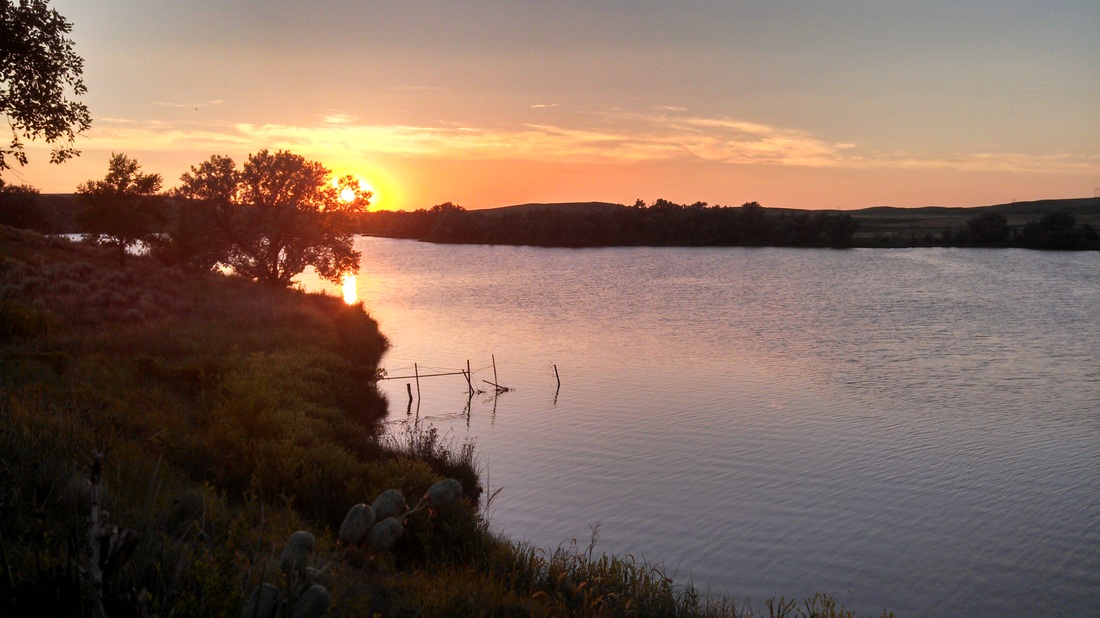
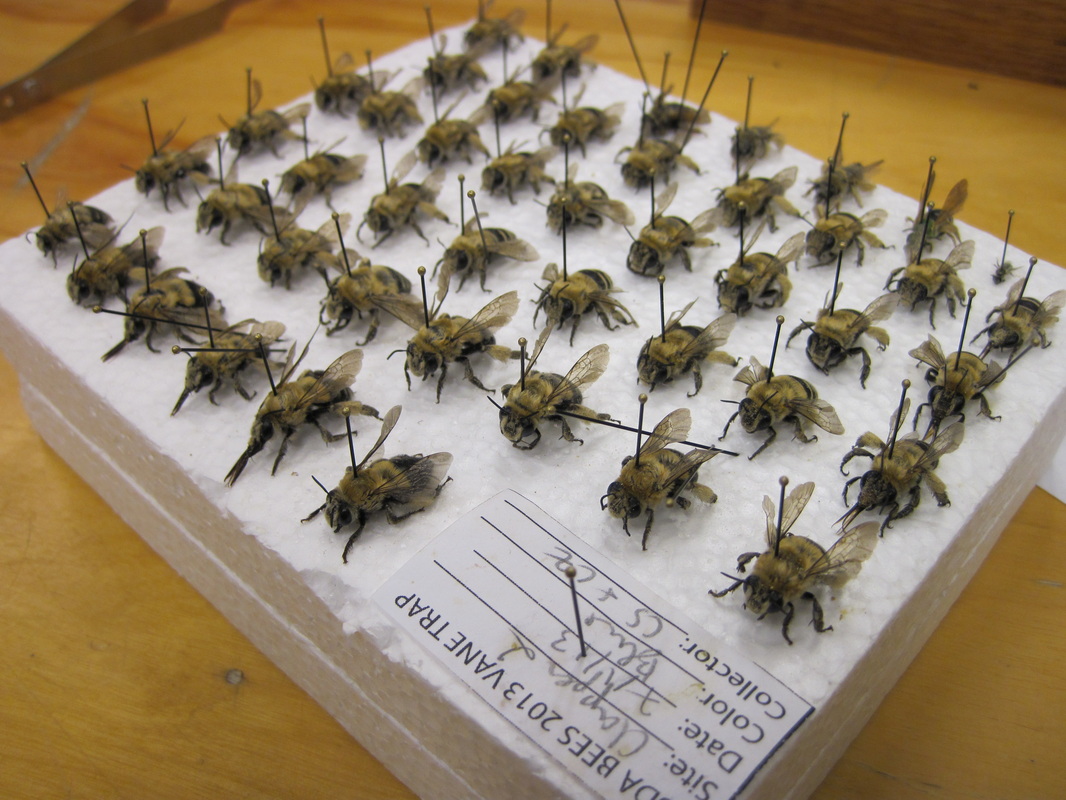
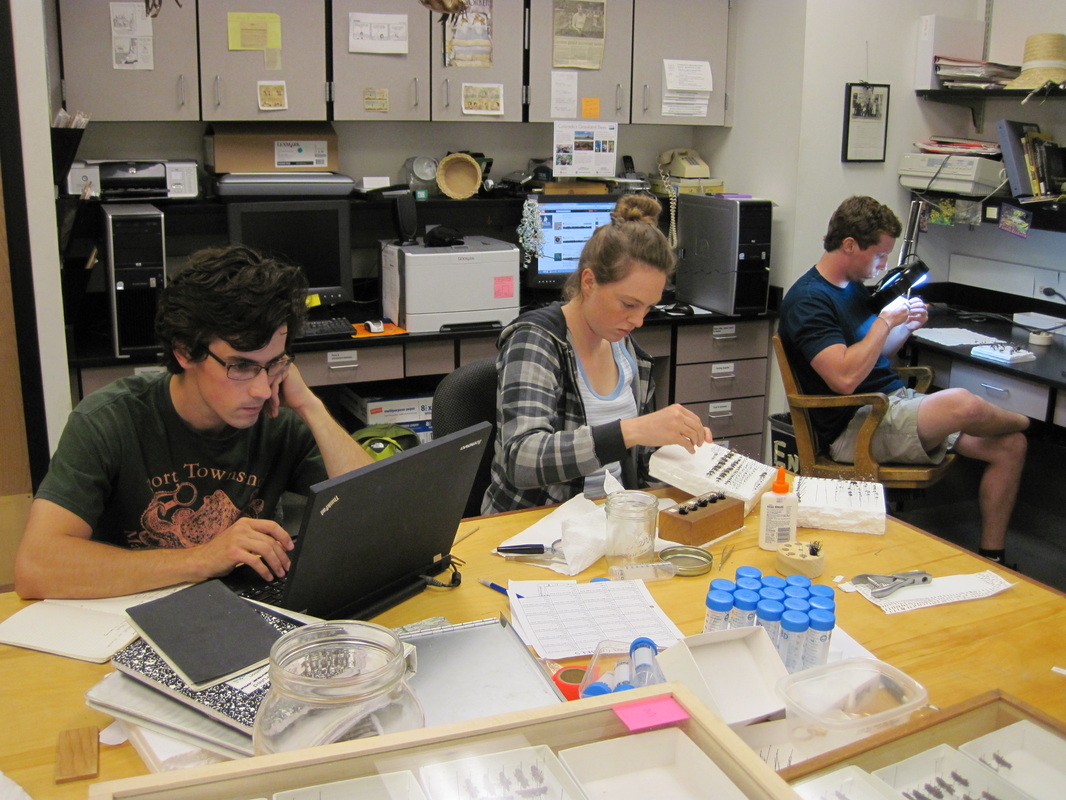
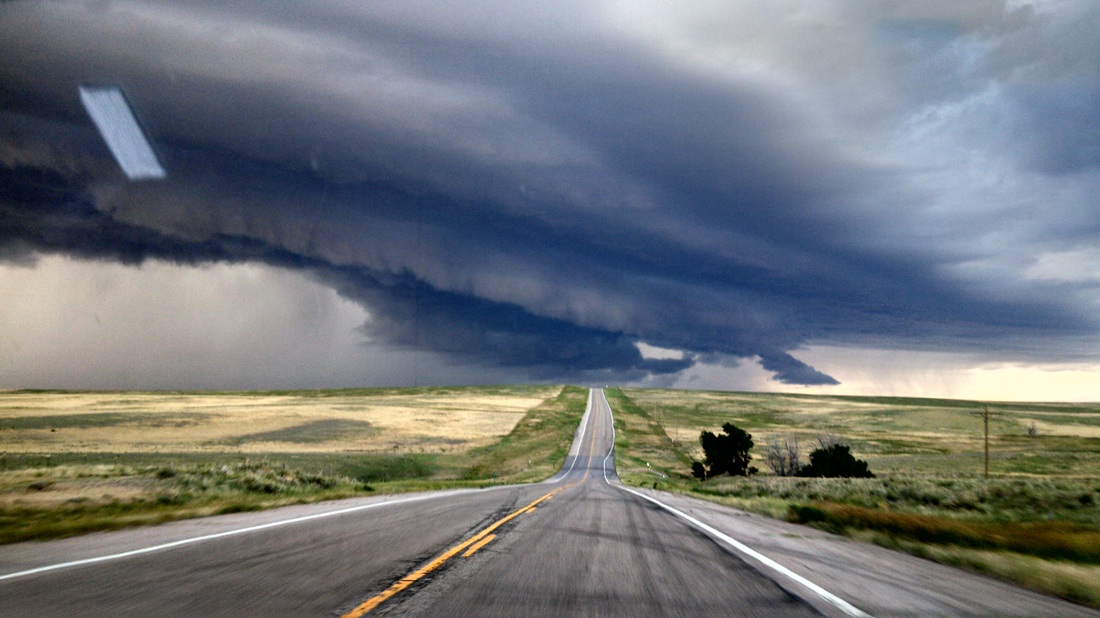
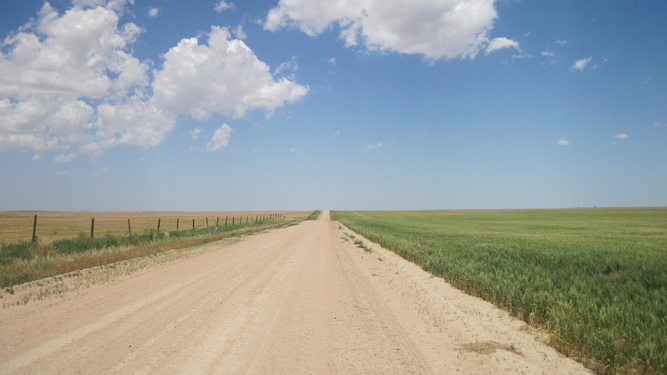
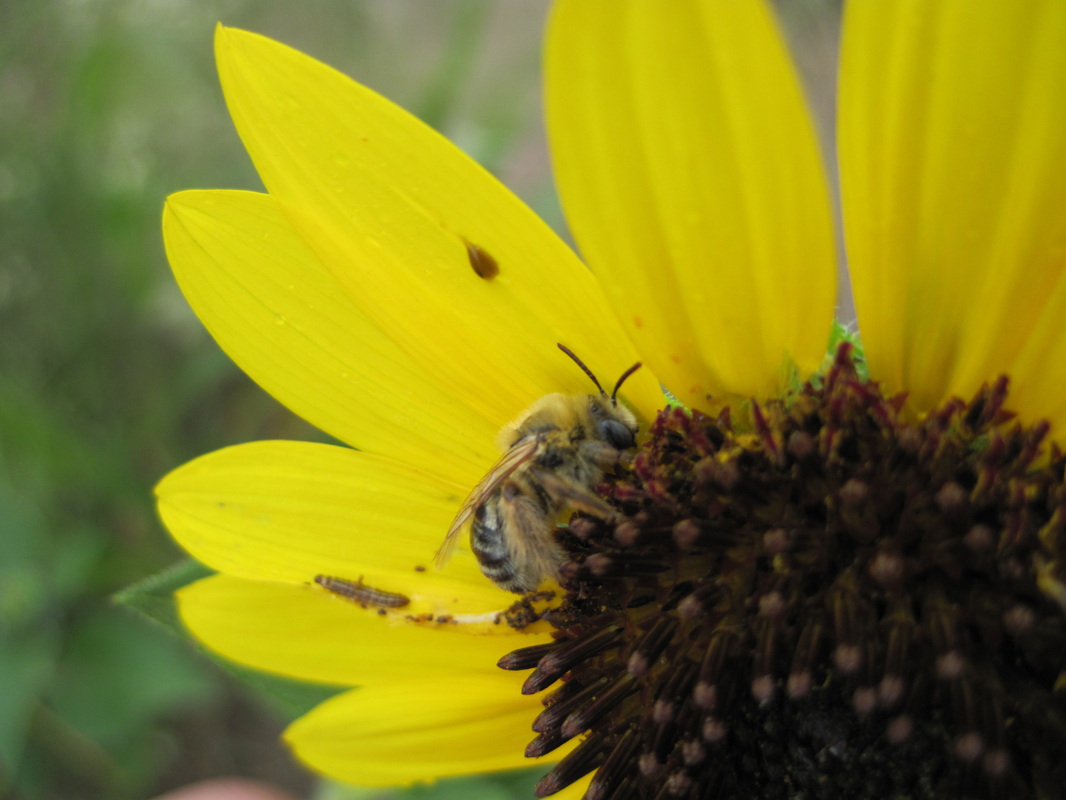

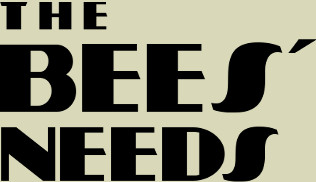
 RSS Feed
RSS Feed